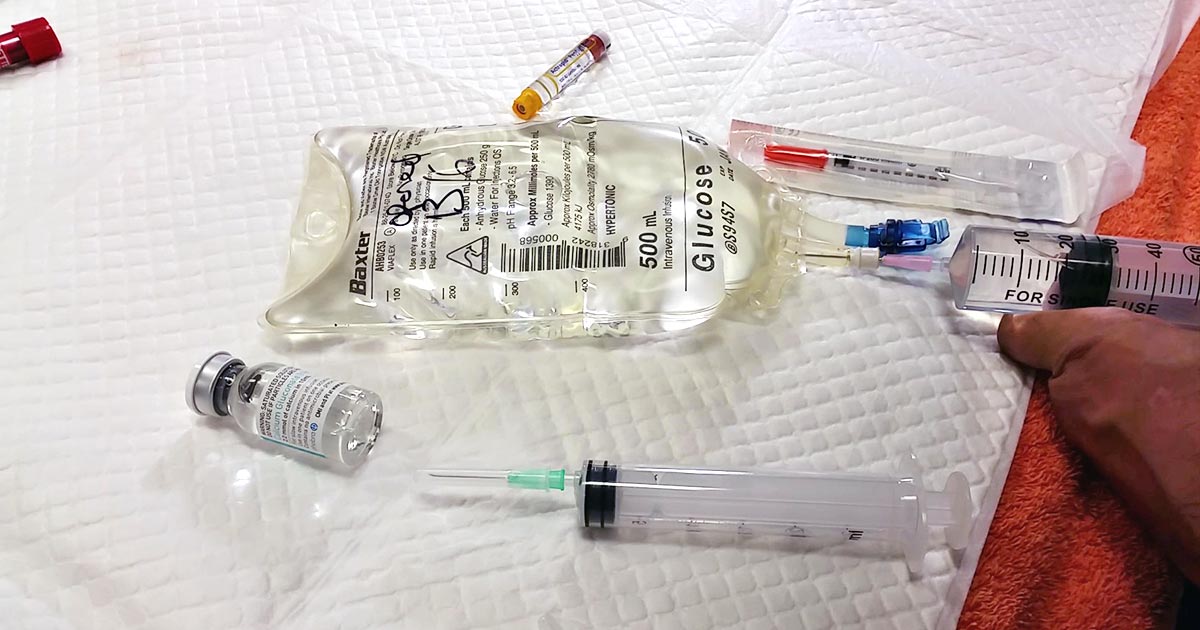Tag: Sodium
-

Ionised hypocalcaemia, pt 3: acute treatment and management
—
by
Treatment of ionised hypocalcaemia (iHCa) is reserved for patients with supportive clinical signs, then divided into acute and chronic management. Since the most common cases of clinical hypocalcaemia in canine and feline patients are acute to peracute cases, this blog will focus on the acute treatment and management of hypocalcaemia. Clinical signs The severity of…
-
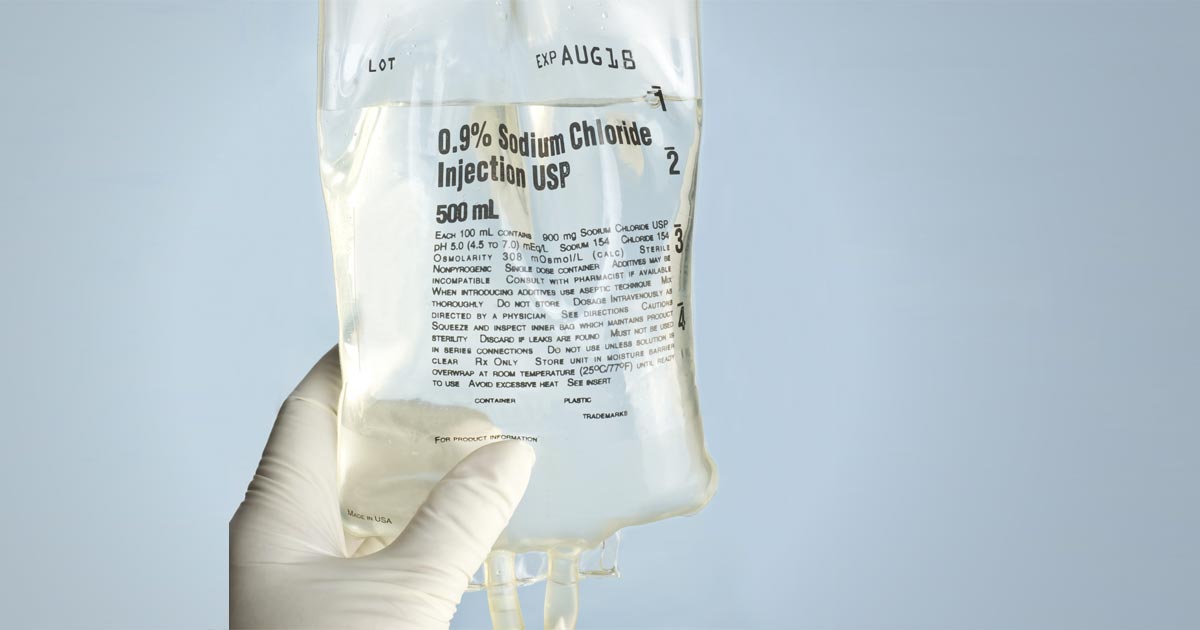
Hyponatraemia, pt 3: correcting a sodium concentration of 110mEq/L
—
by
The amount of sodium required to increase serum sodium concentration to a desired value can be calculated from the following formula: Sodium deficit = 0.6 × bodyweight (kg) × (normal sodium [mEq/L] – patient sodium [mEq/L]) Table 1. Sodium content of various fluids Fluid Type Sodium content (mEq/L) 0.9% sodium chloride 154 Normosol-R 140 Hartmann’s…
-

Hyponatraemia, pt 2: causes
—
by
The causes of hyponatraemia can be divided into three major categories, based on serum osmolality. This is further divided based on the patient’s volume status (Table 1). Most patients we see in clinic fall into the hypovolaemic category, except patients with diabetes mellitus. Table 1. Causes of hyponatraemia based on osmolality and volume status (from…
-
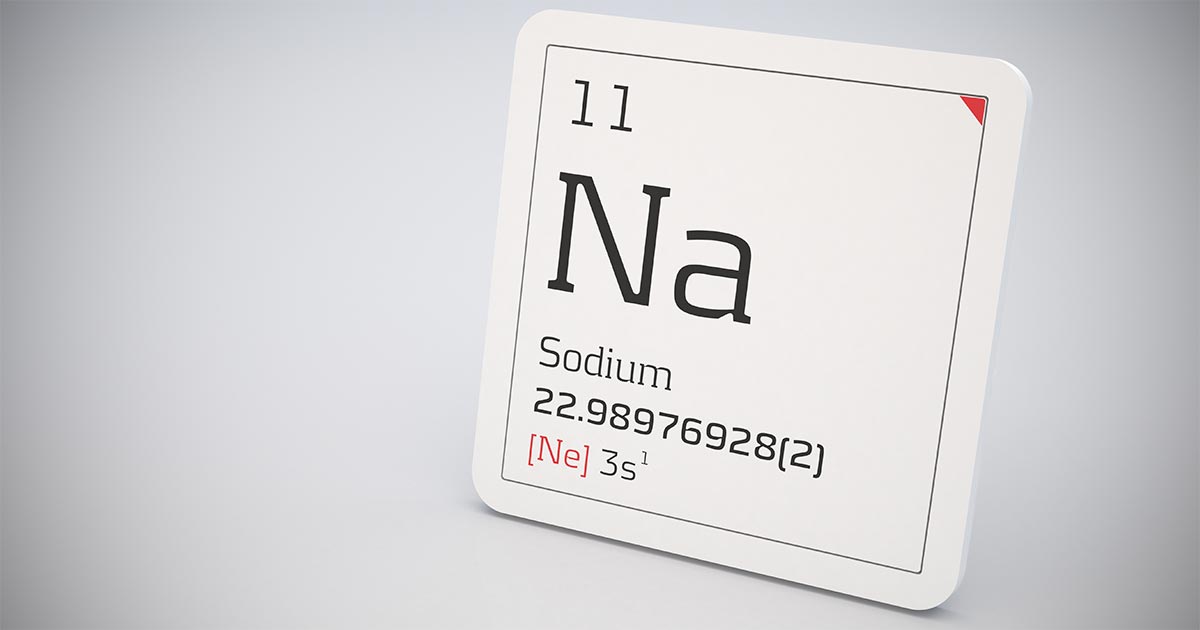
Hyponatraemia, pt 1: clinical signs
—
by
Hyponatraemia is a relatively common electrolyte disturbance encountered in critically ill patients, and the most common sodium disturbance of small animals. In most cases, this is caused by an increased retention of free water, as opposed to the loss of sodium in excess of water. Low serum sodium concentration Hyponatraemia is defined as serum concentration…
-
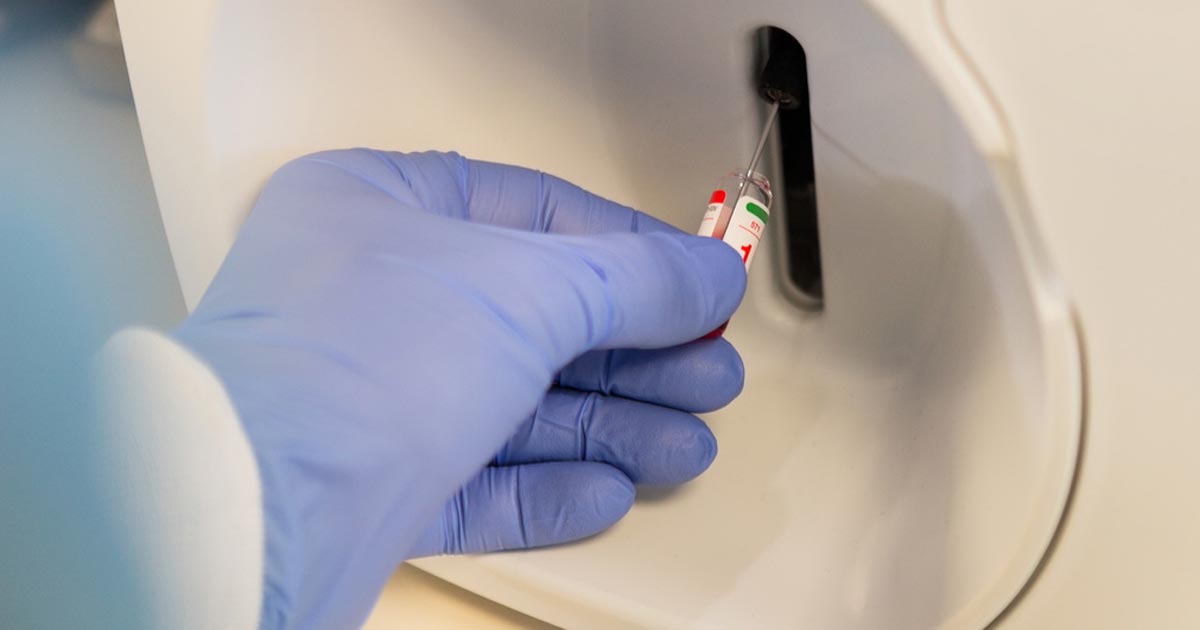
Blood gas analysis, pt 1: why everyone needs to know about it
—
by
For those of you who have received referral histories from emergency or specialists hospitals, blood gas analysis is probably no stranger to you. For those who have never heard of them before, fear not – you are in for a treat. In my emergency hospital, the blood gas analyser is arguably one of the most…
-

Intoxication: decontamination advice
—
by
Building on from last week’s blog on telephone advice, this is what I advise owners they can do at home if their pet has been exposed to a toxin. The main exposure routes are ocular, dermal and gastrointestinal. Ocular Acids and alkalis cause the most severe effects, as they can cause ongoing damage for some…
-
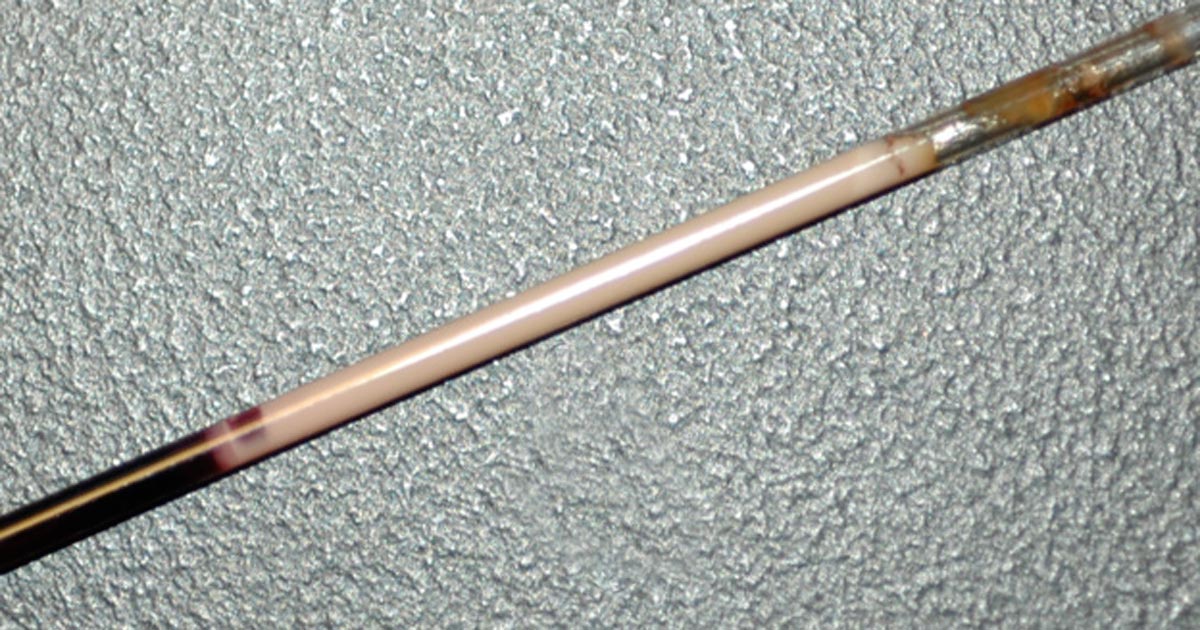
Lipaemia – the bane of biochemistry
—
by
Last week we covered haemolysed samples – this week we’re looking at lipaemic samples. Lipaemic samples are caused by an excess of lipoproteins in the blood, creating a milky/turbid appearance that interferes with multiple biochemical tests and can even cause haemolysis of red blood cells. Lipaemia can follow recent ingestion of a meal – especially…
-
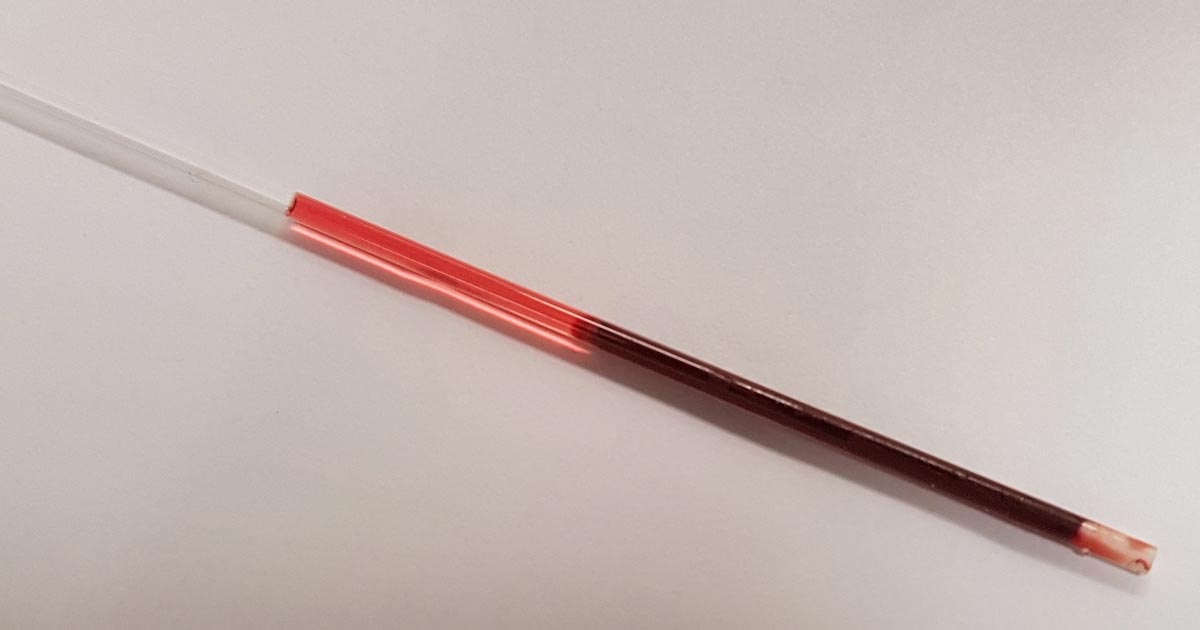
PCV/total solids interpretation: serum colour
—
by
When interpreting the often misinterpreted and underused PCV and total solids test, it is important to take note of the serum colour as this may give clues into the diagnosis. The most common abnormalities seen in clinic are icteric, haemolysed and lipaemic serum. Clear serum can also be of importance – especially when you interpret…

